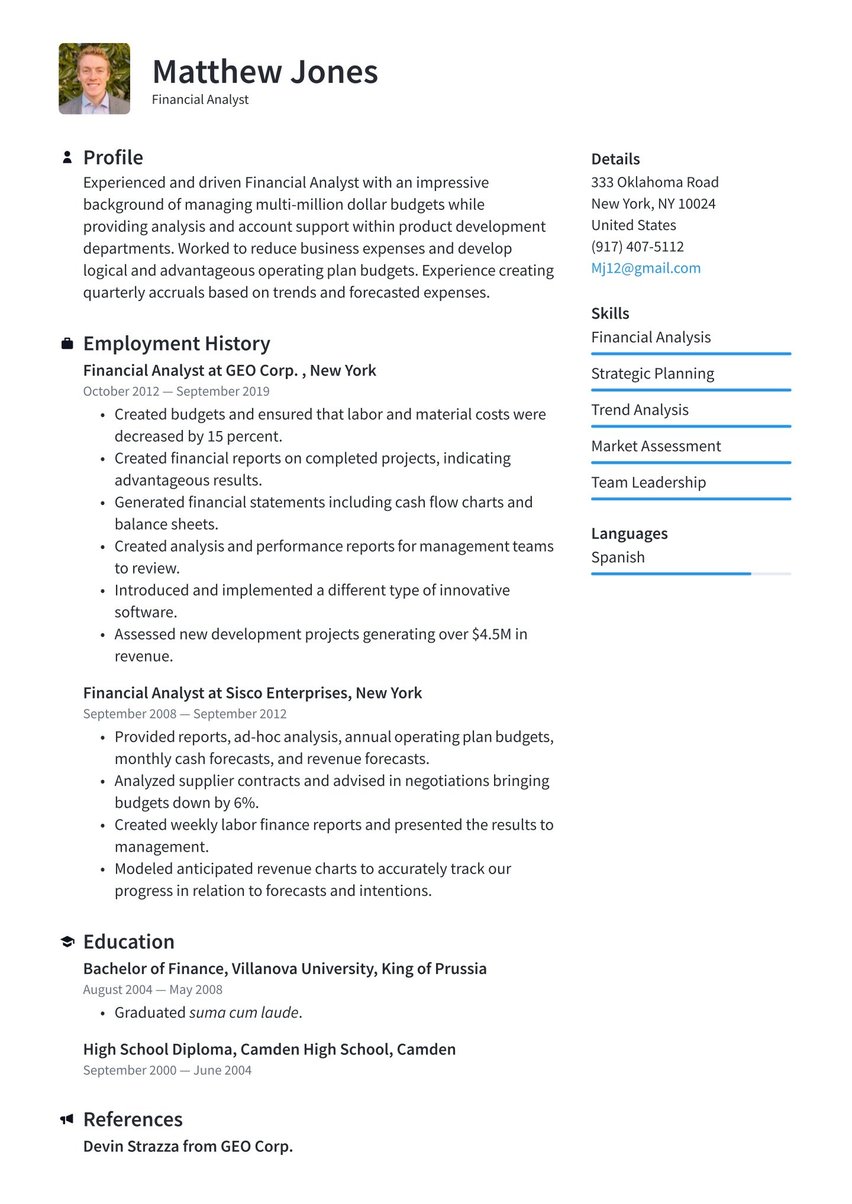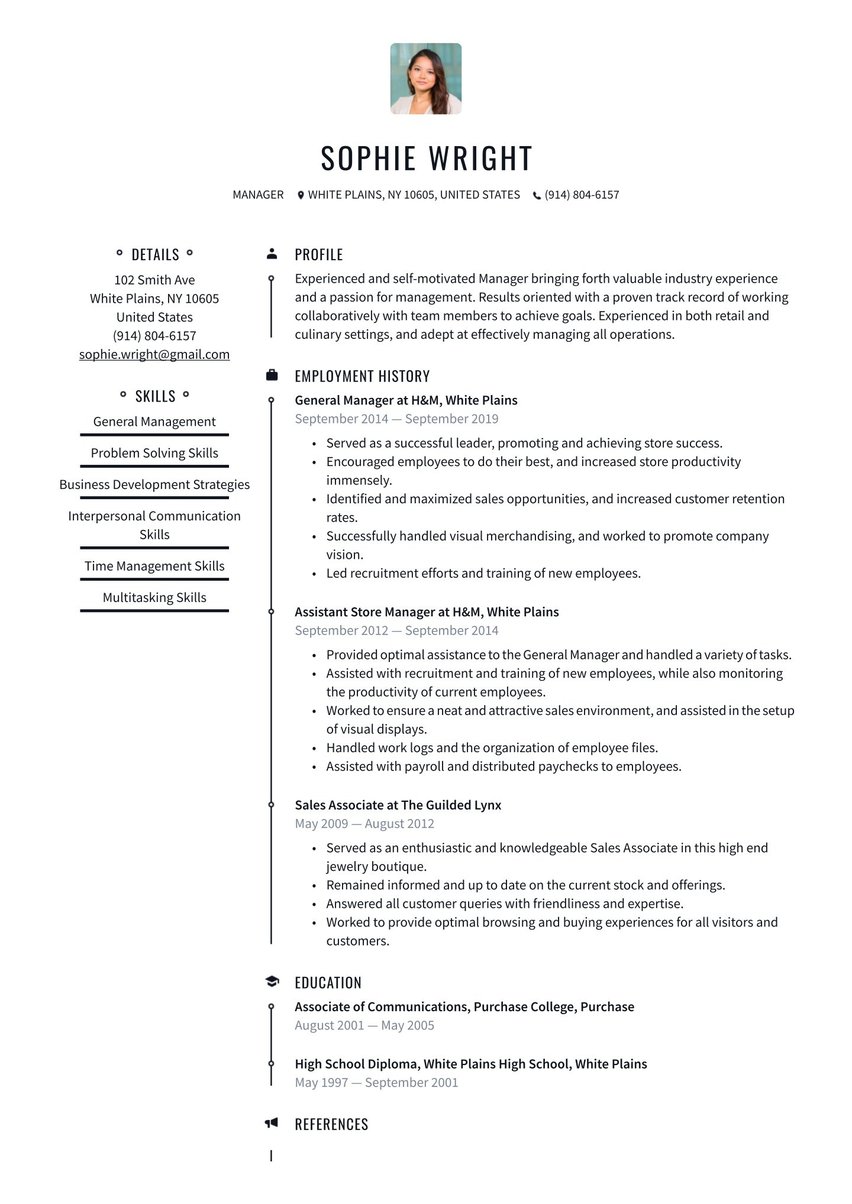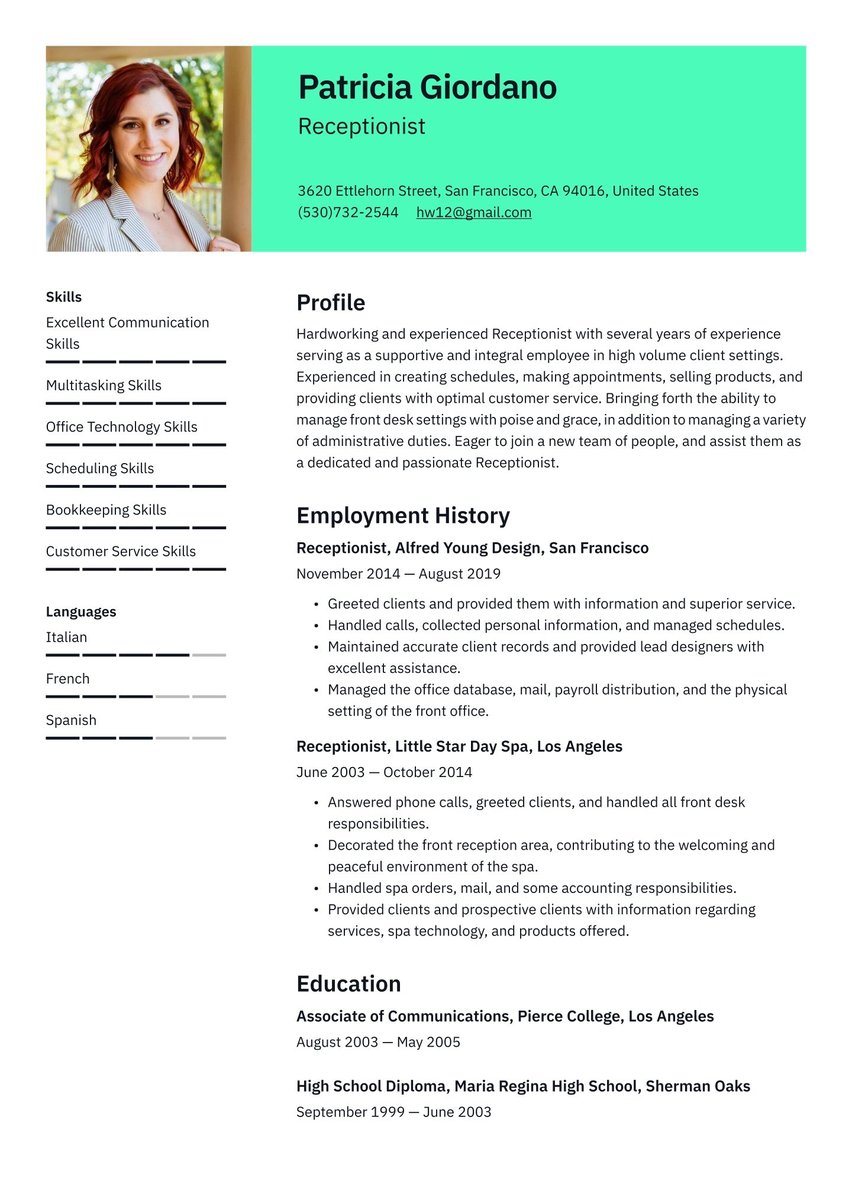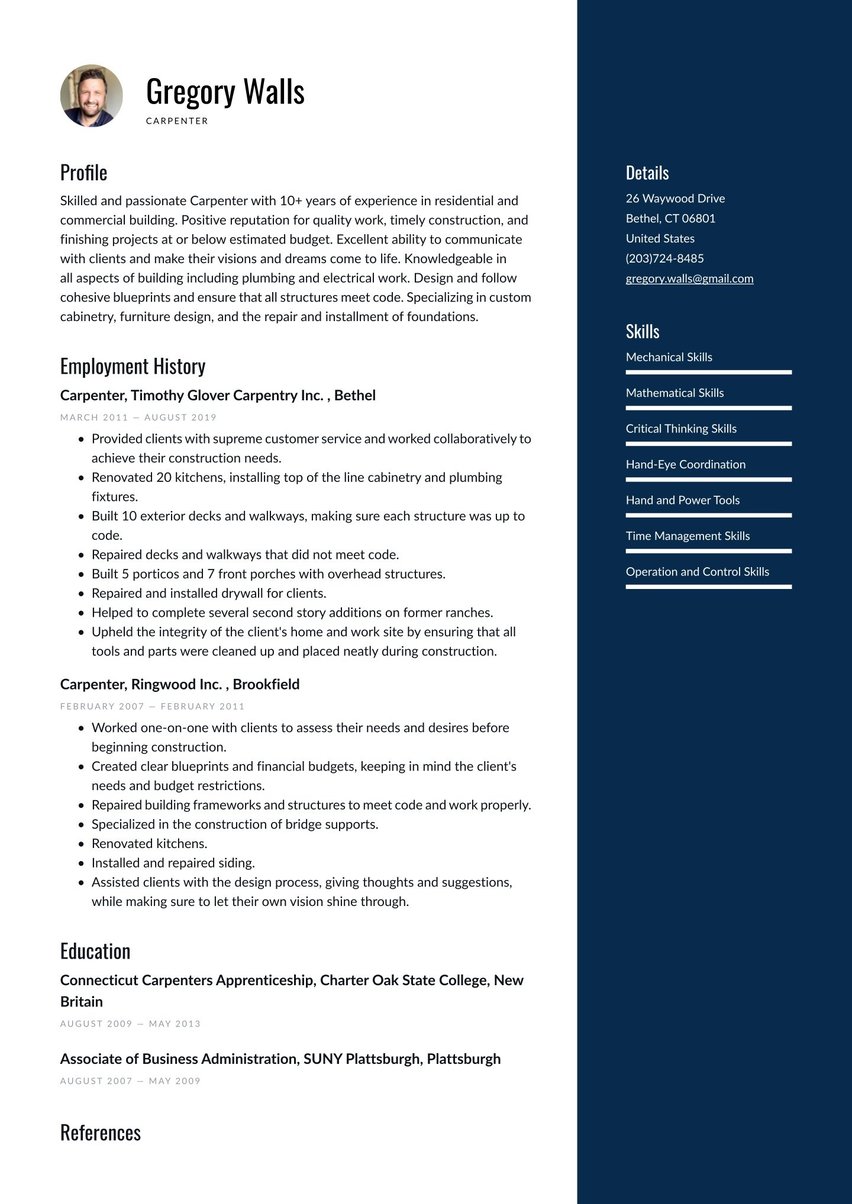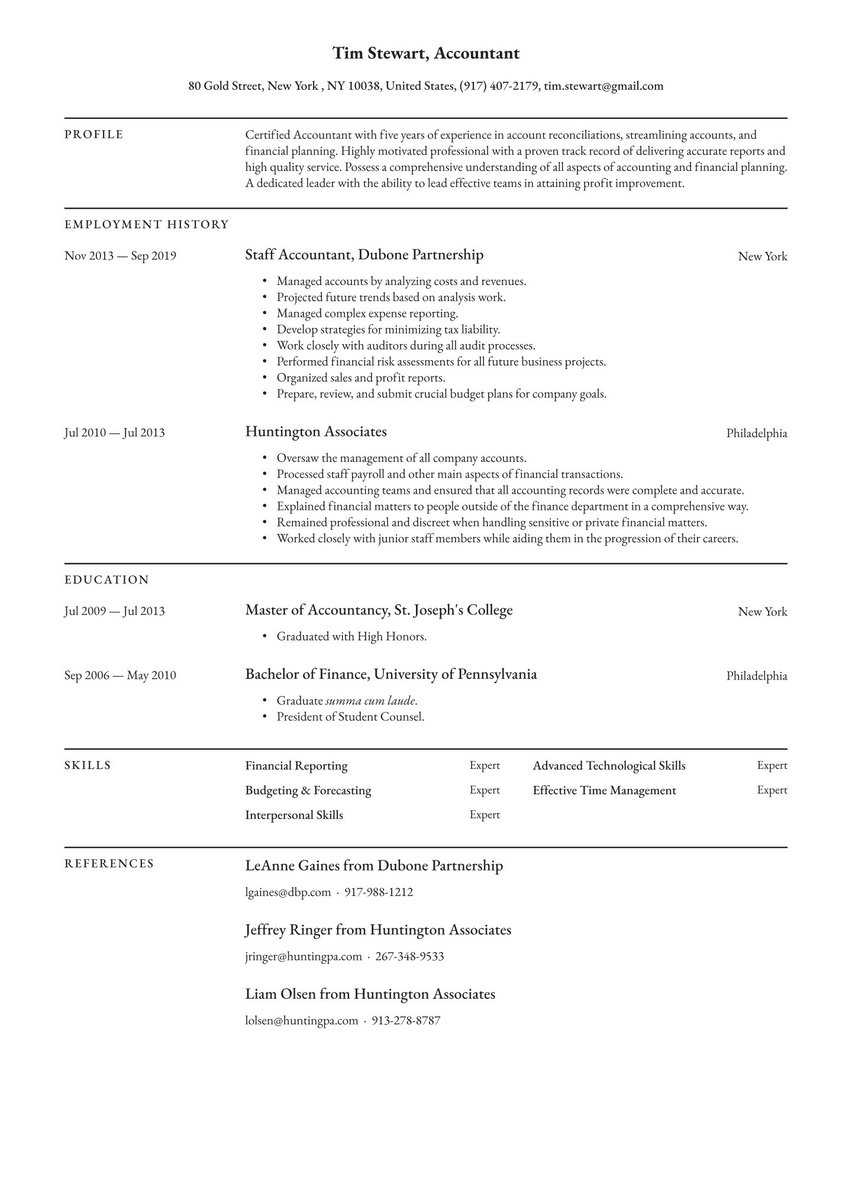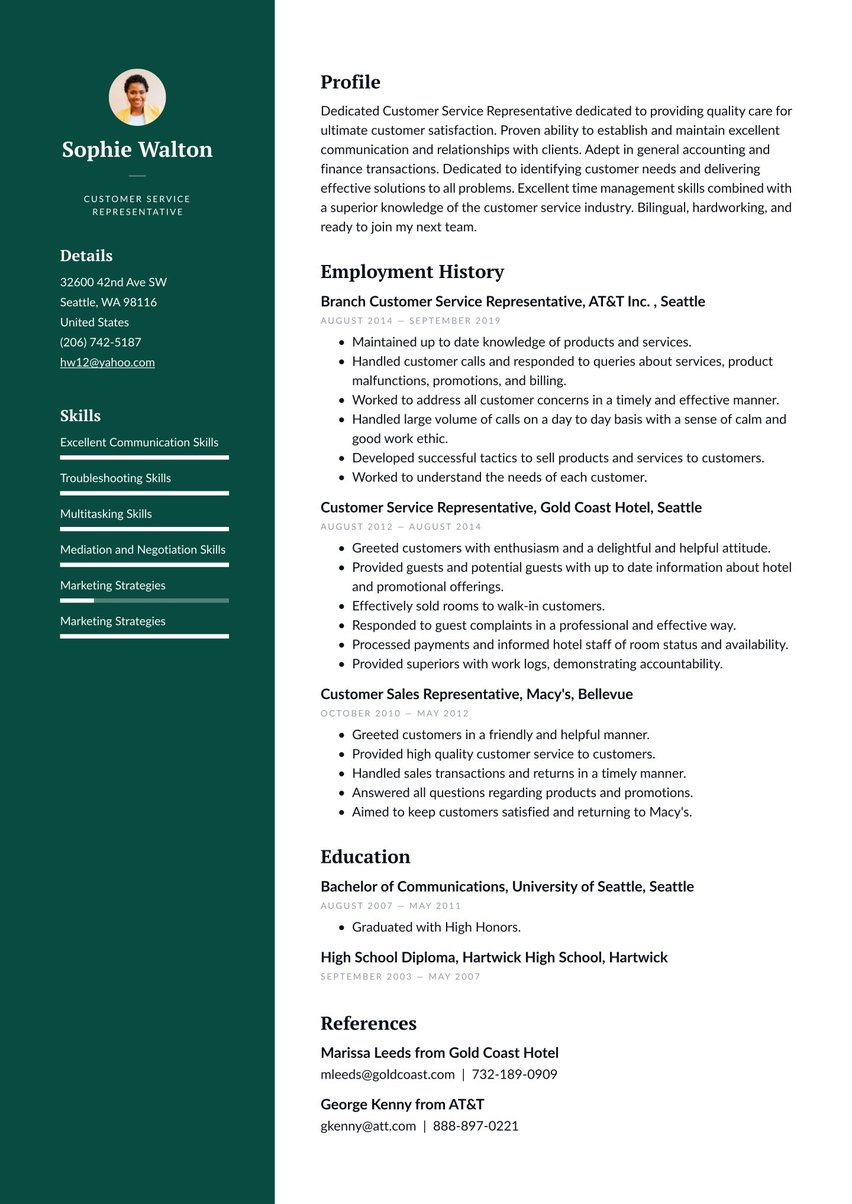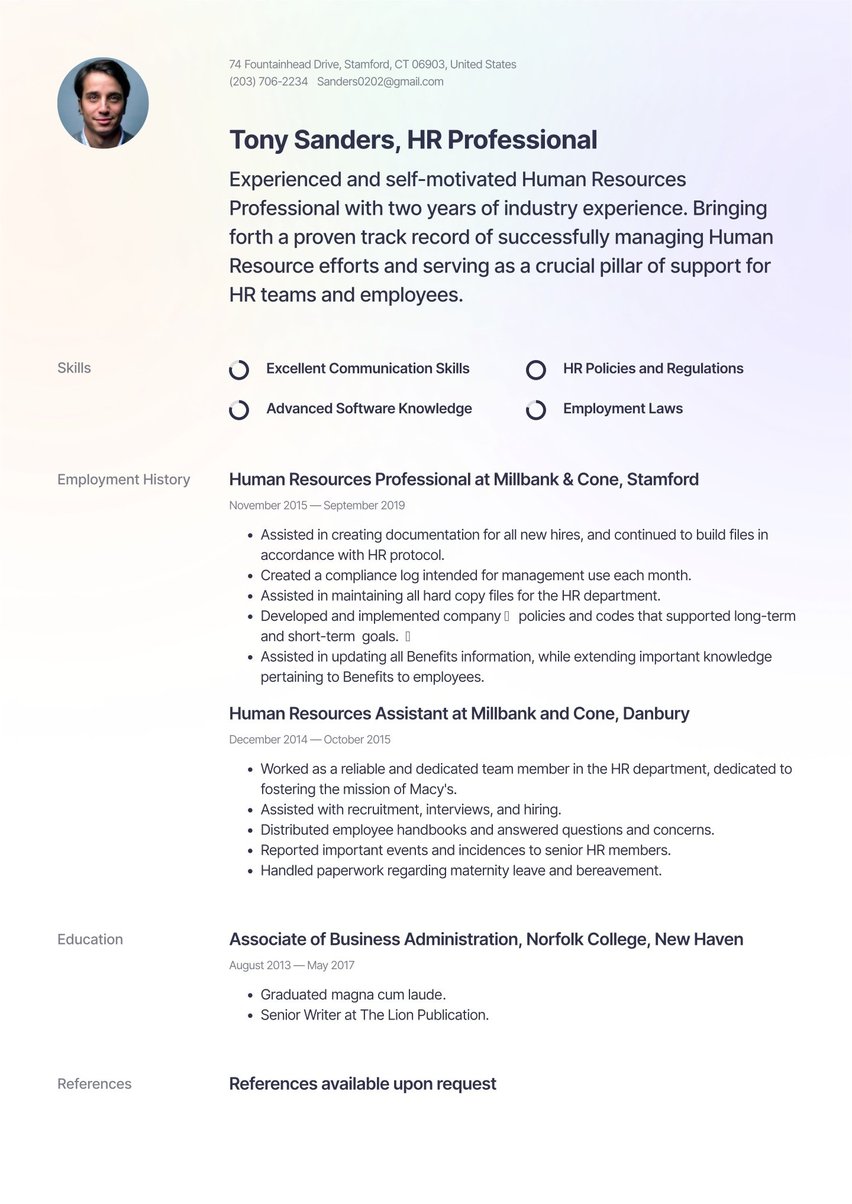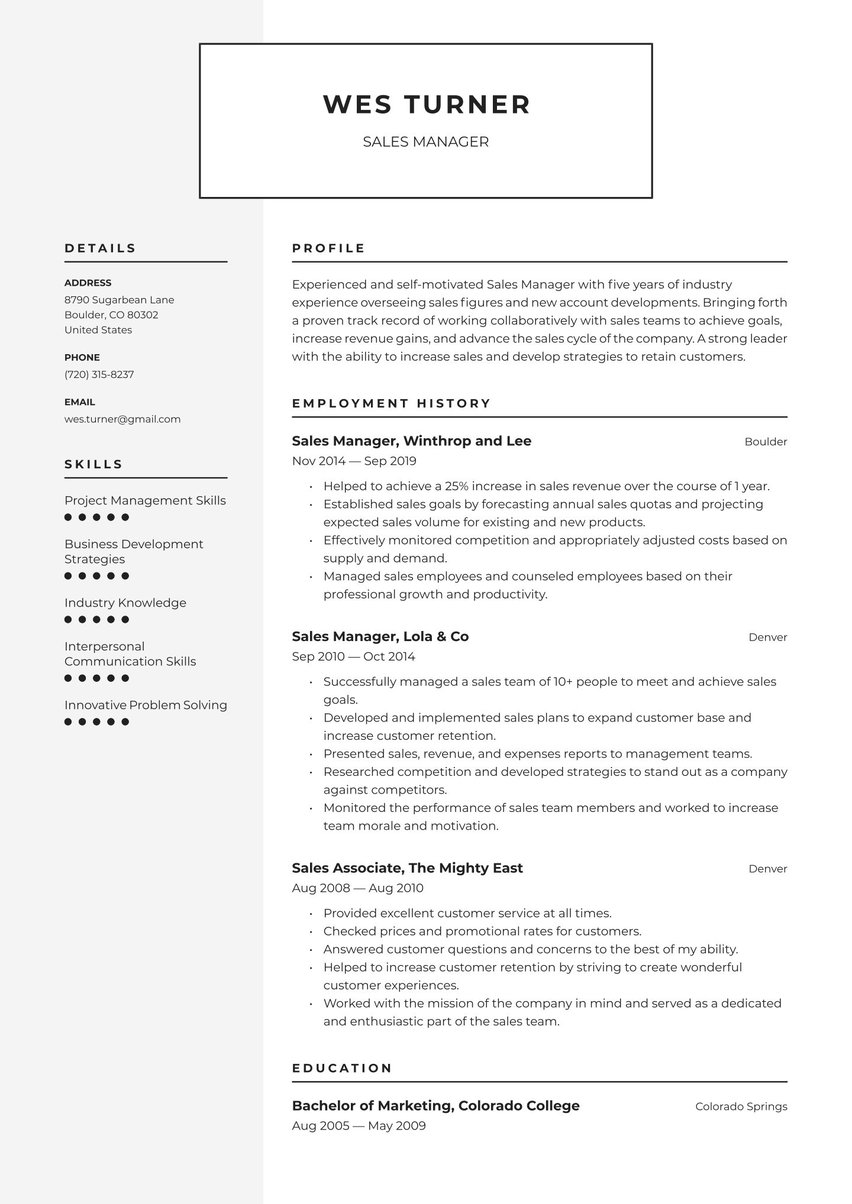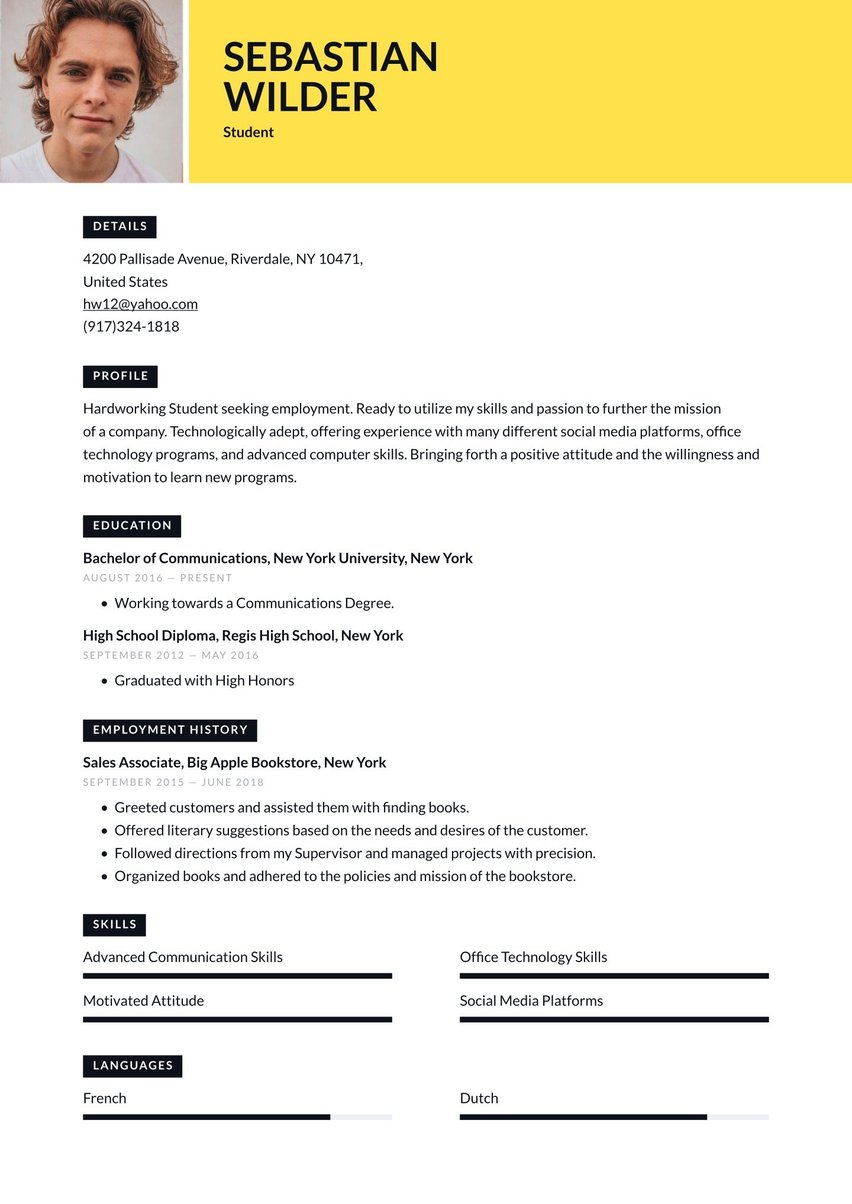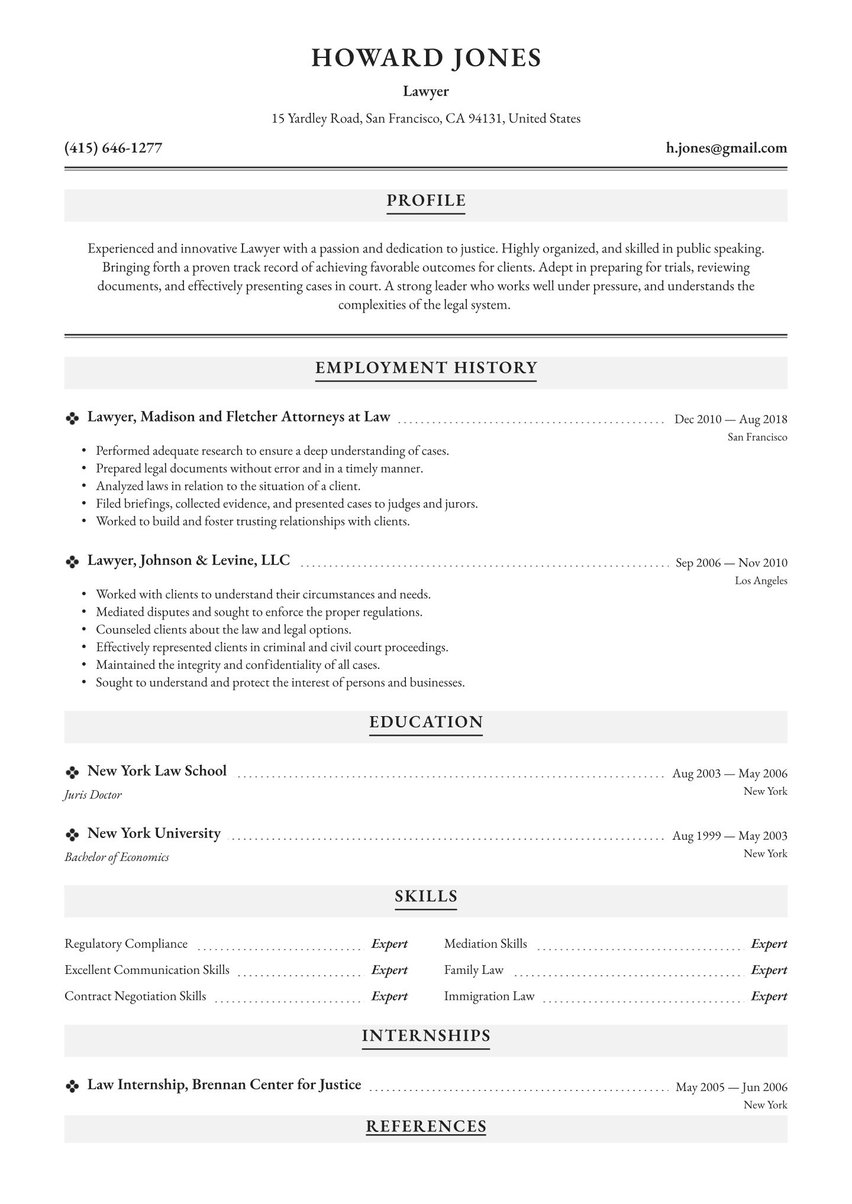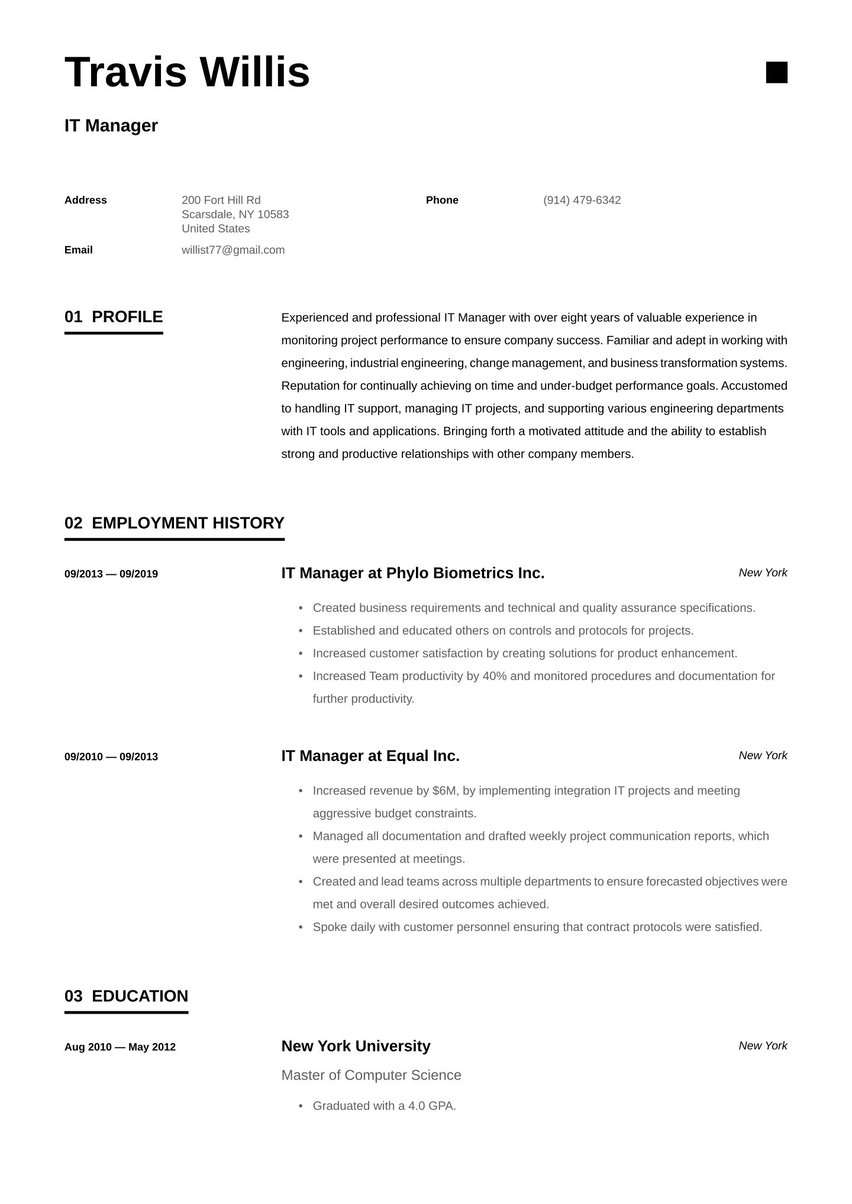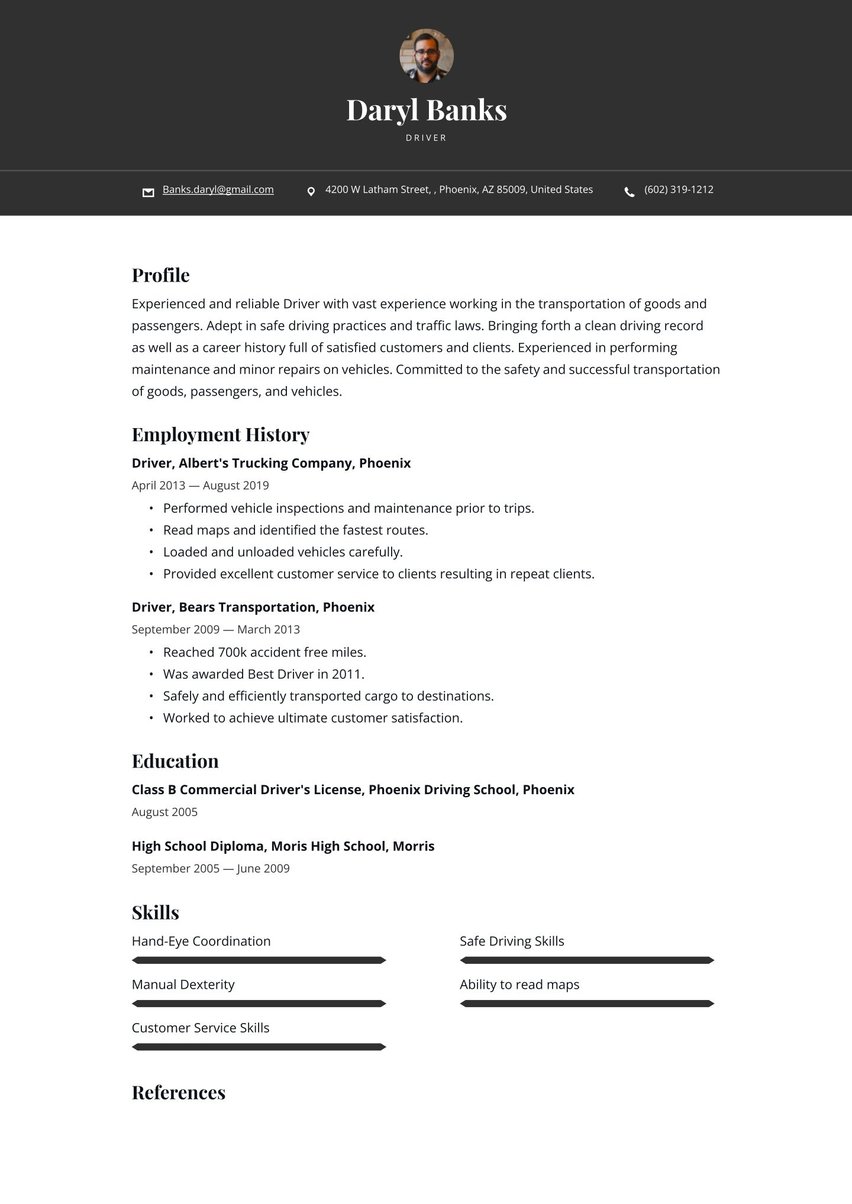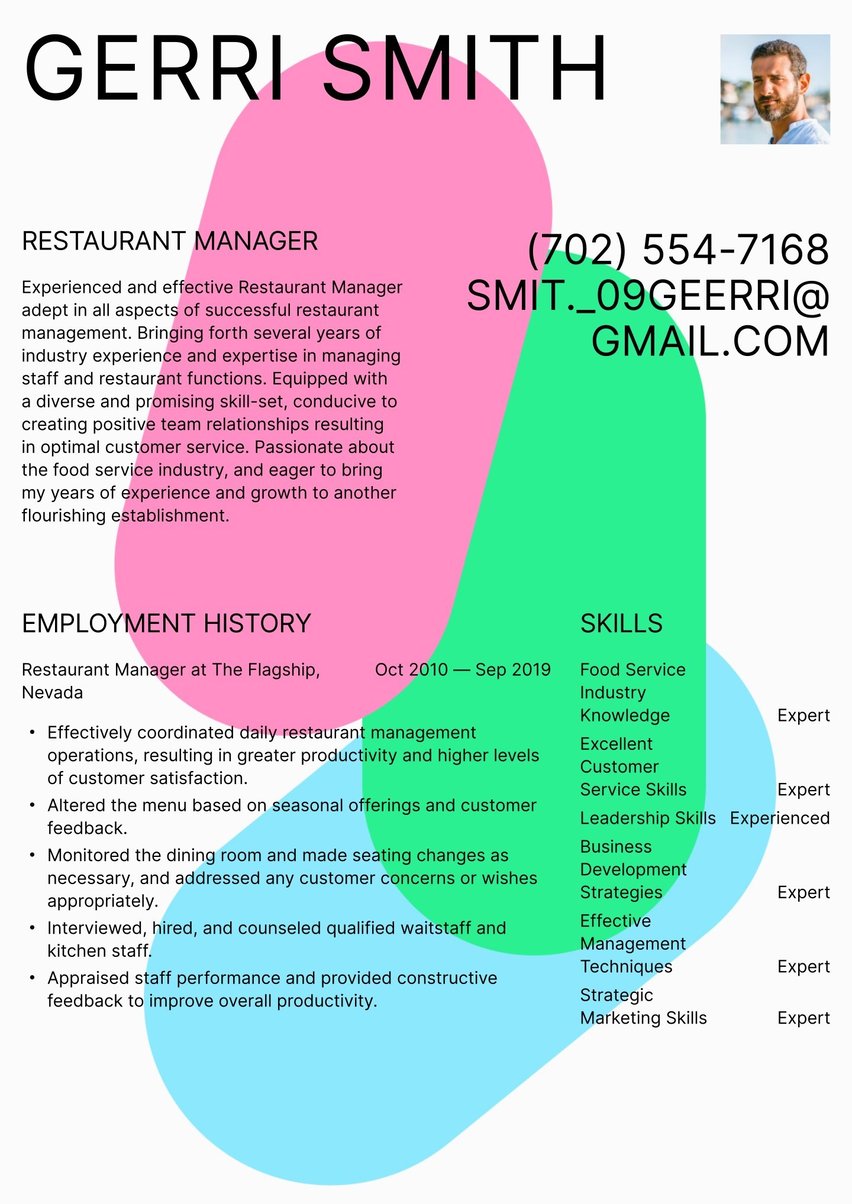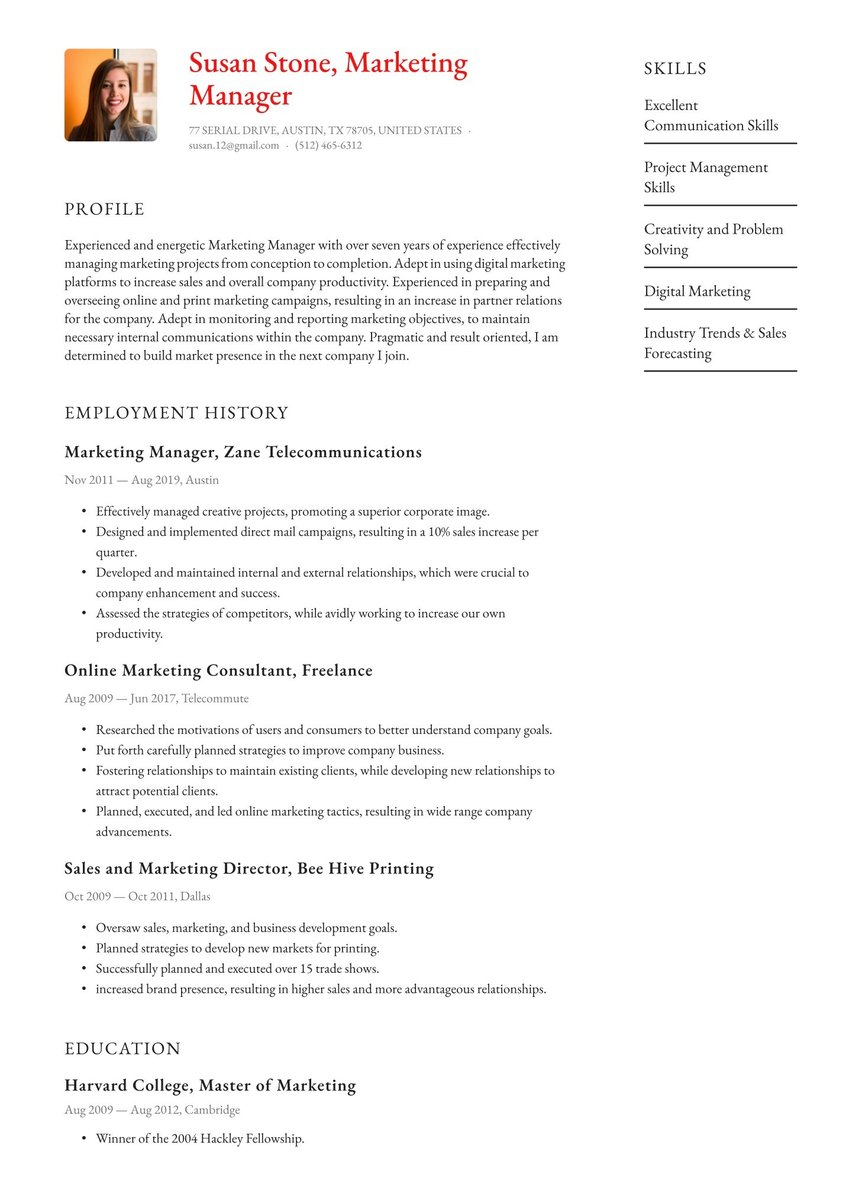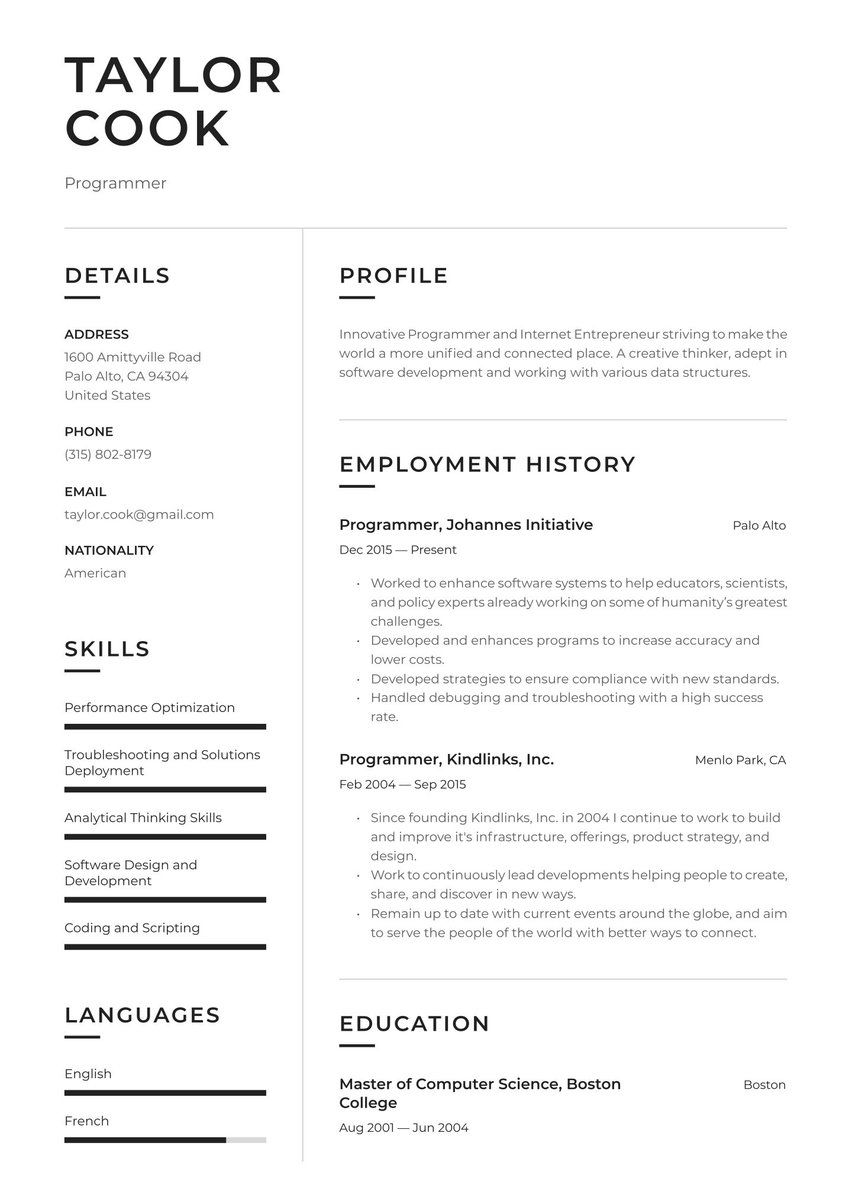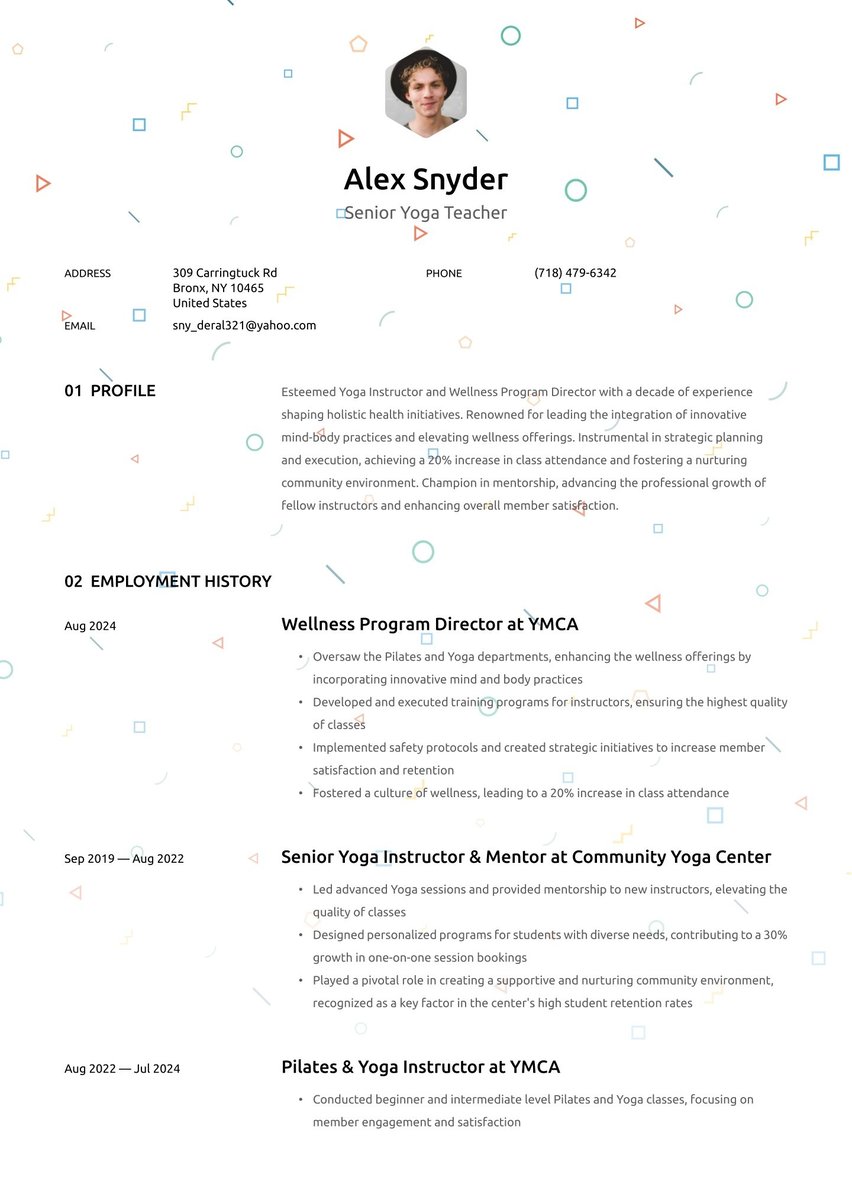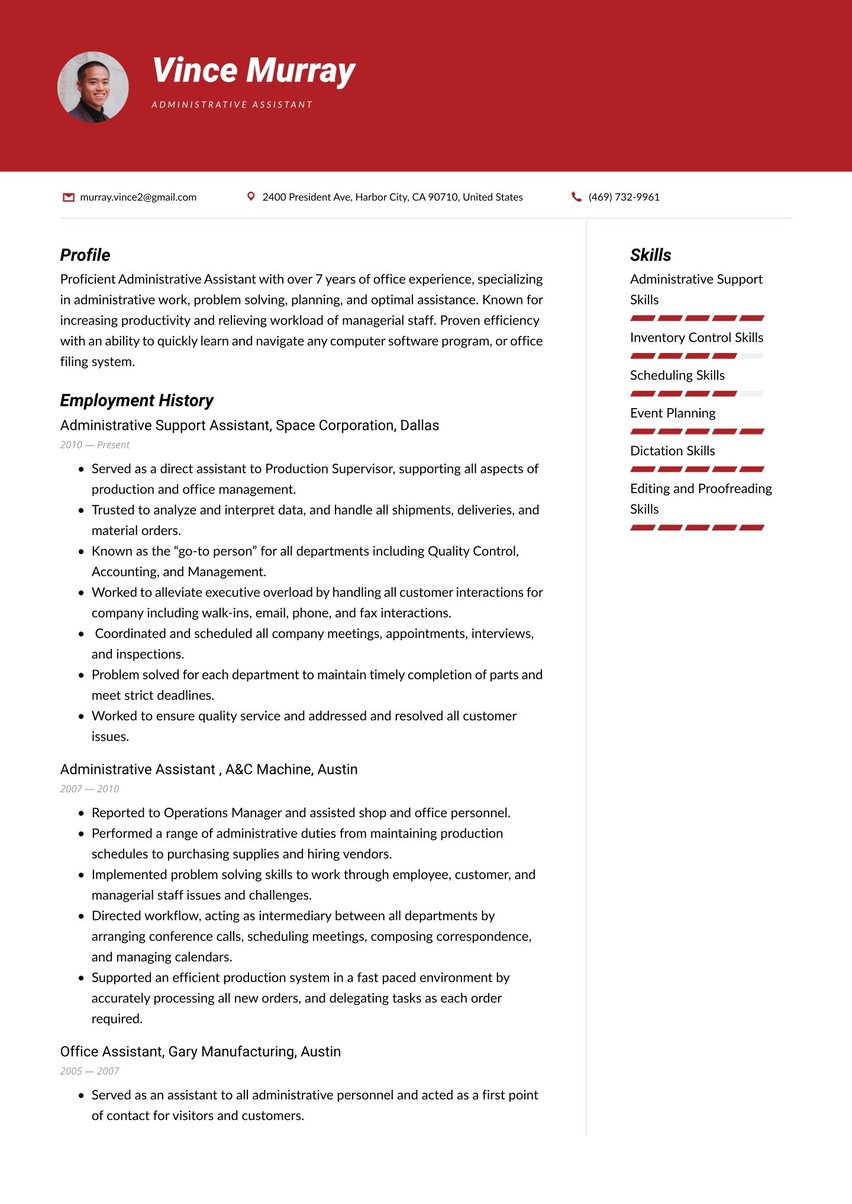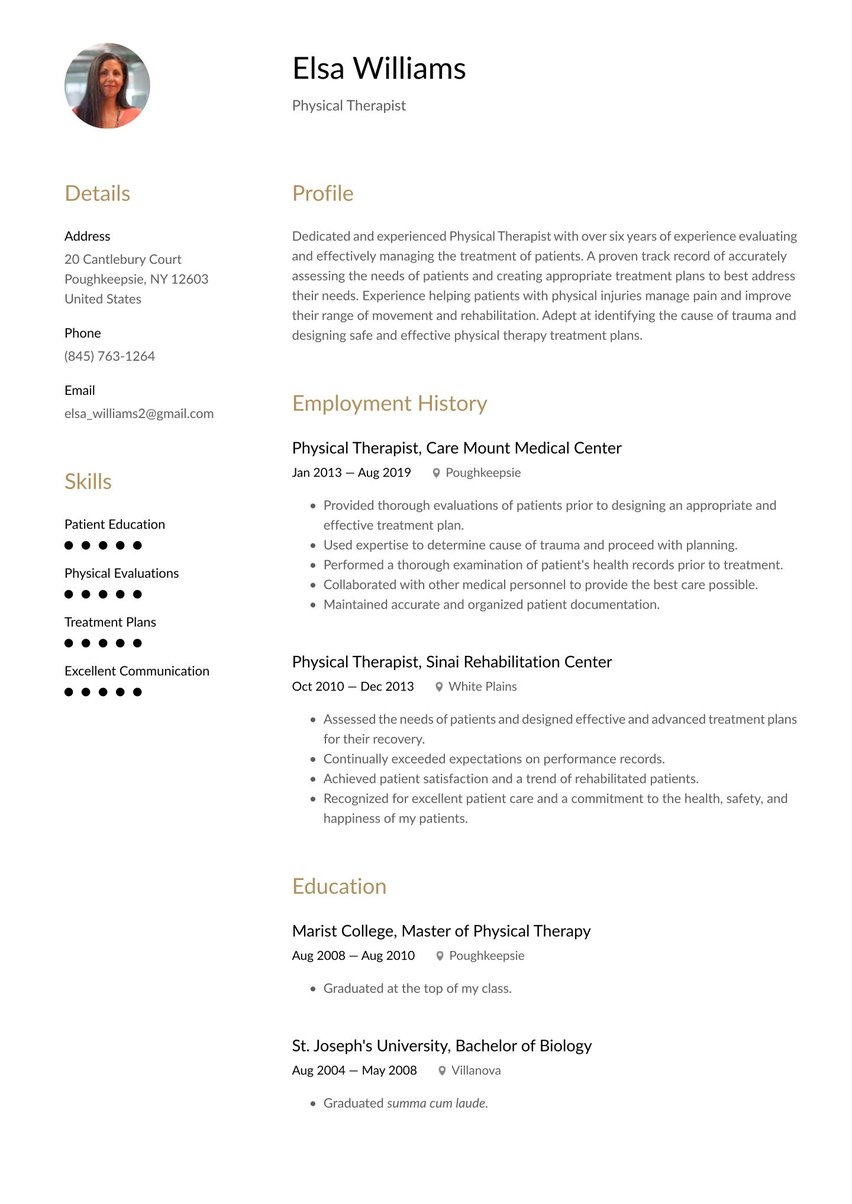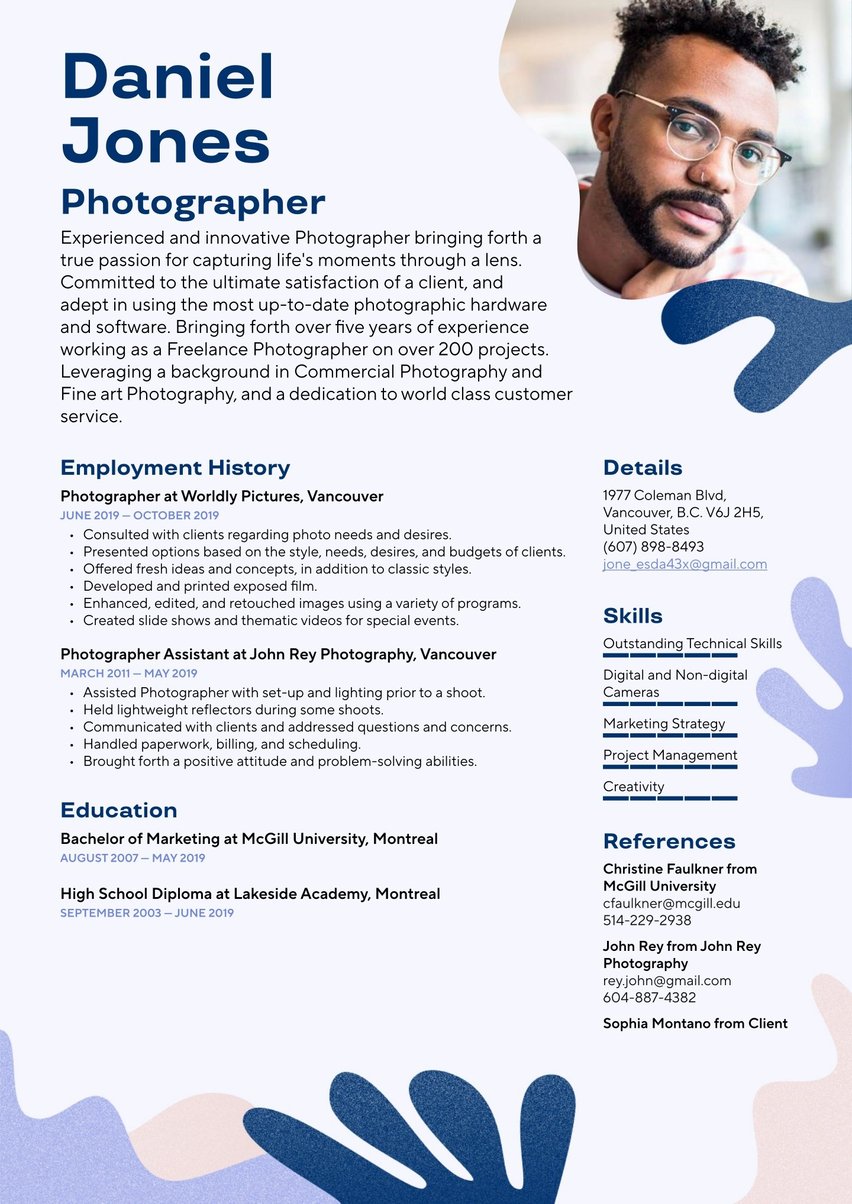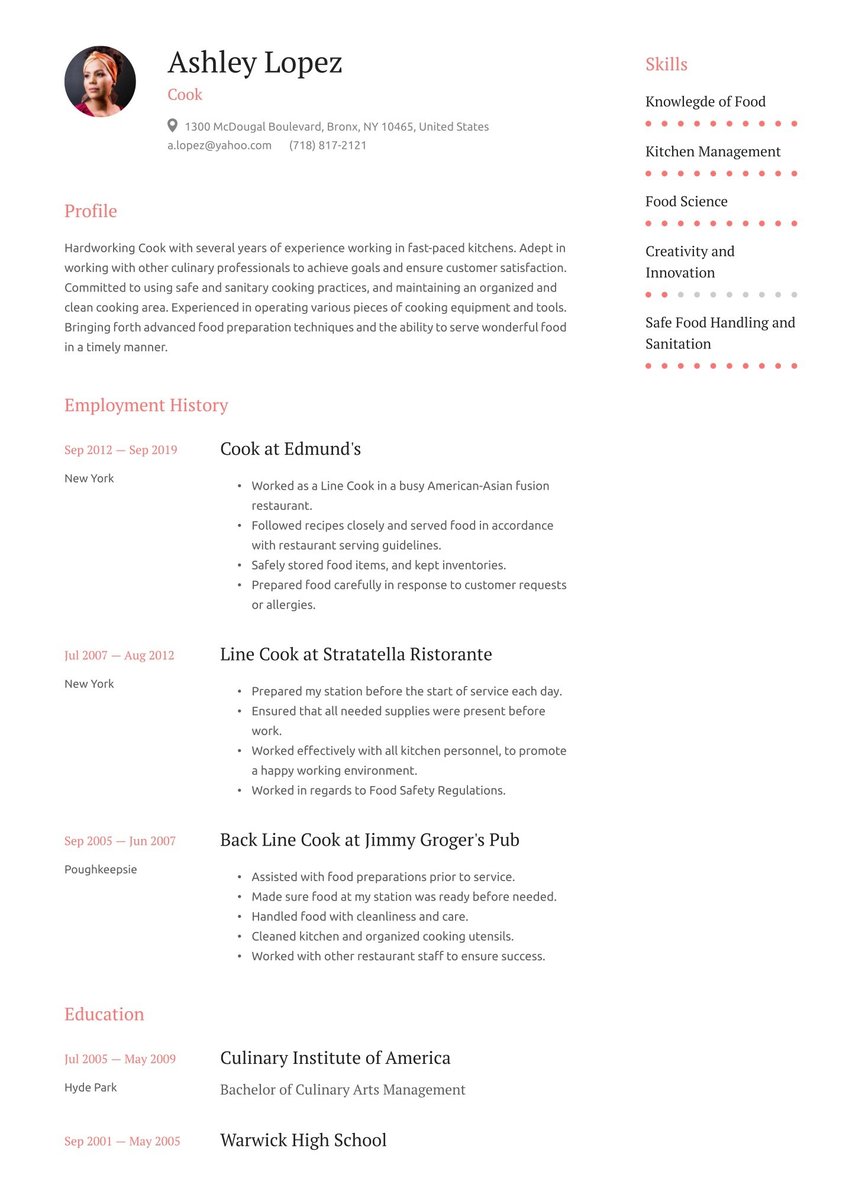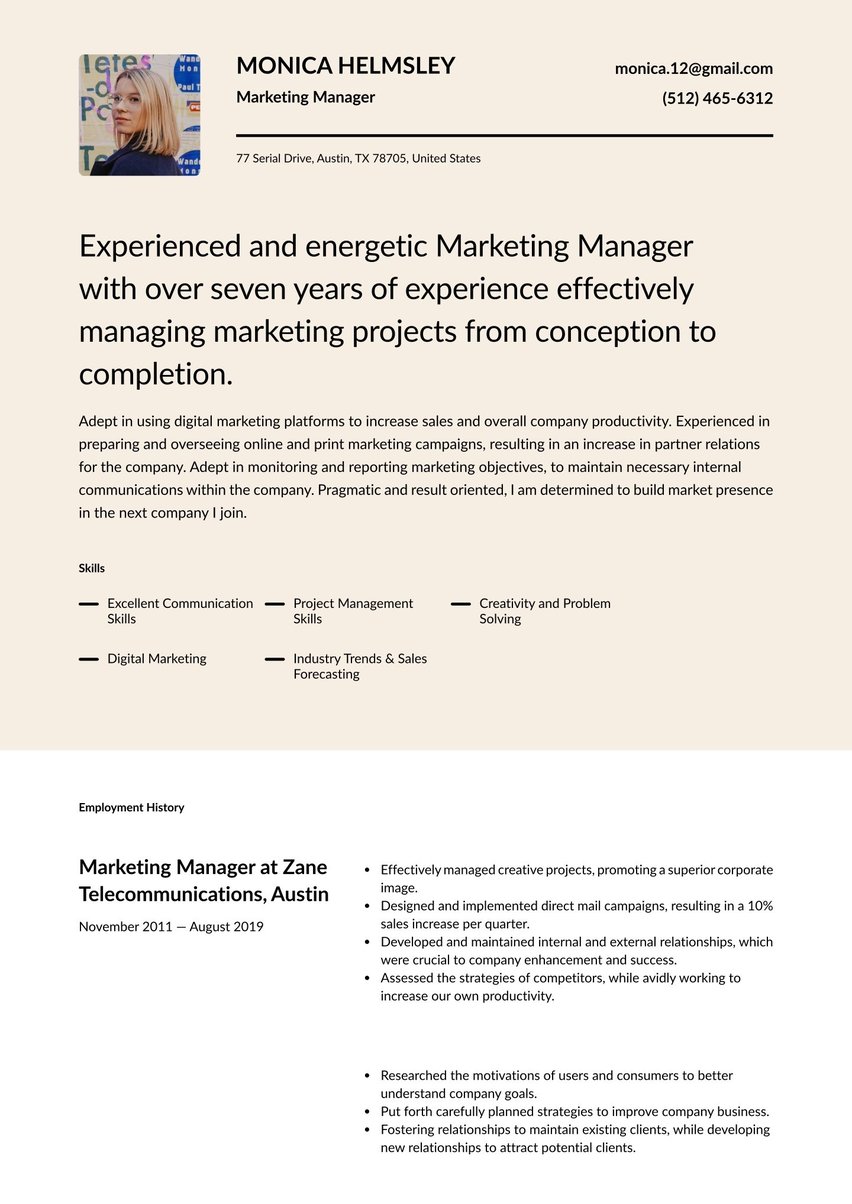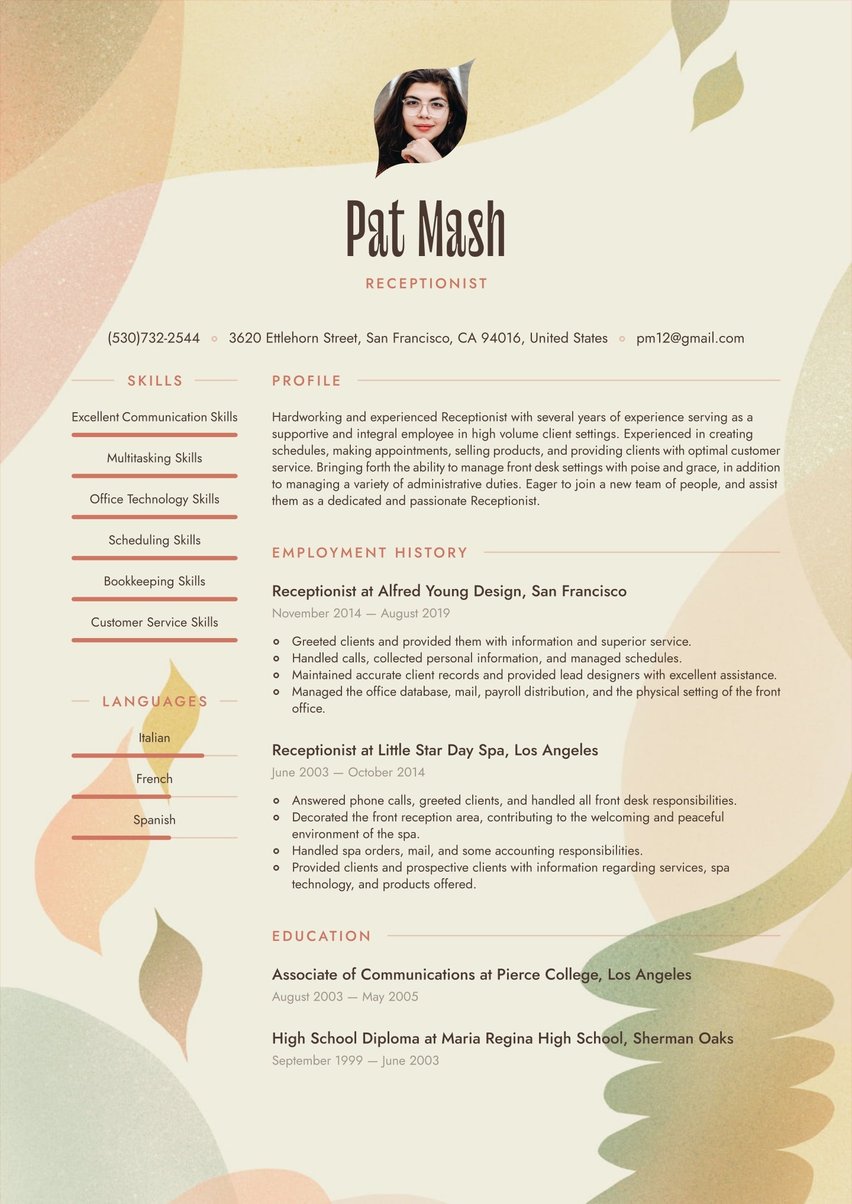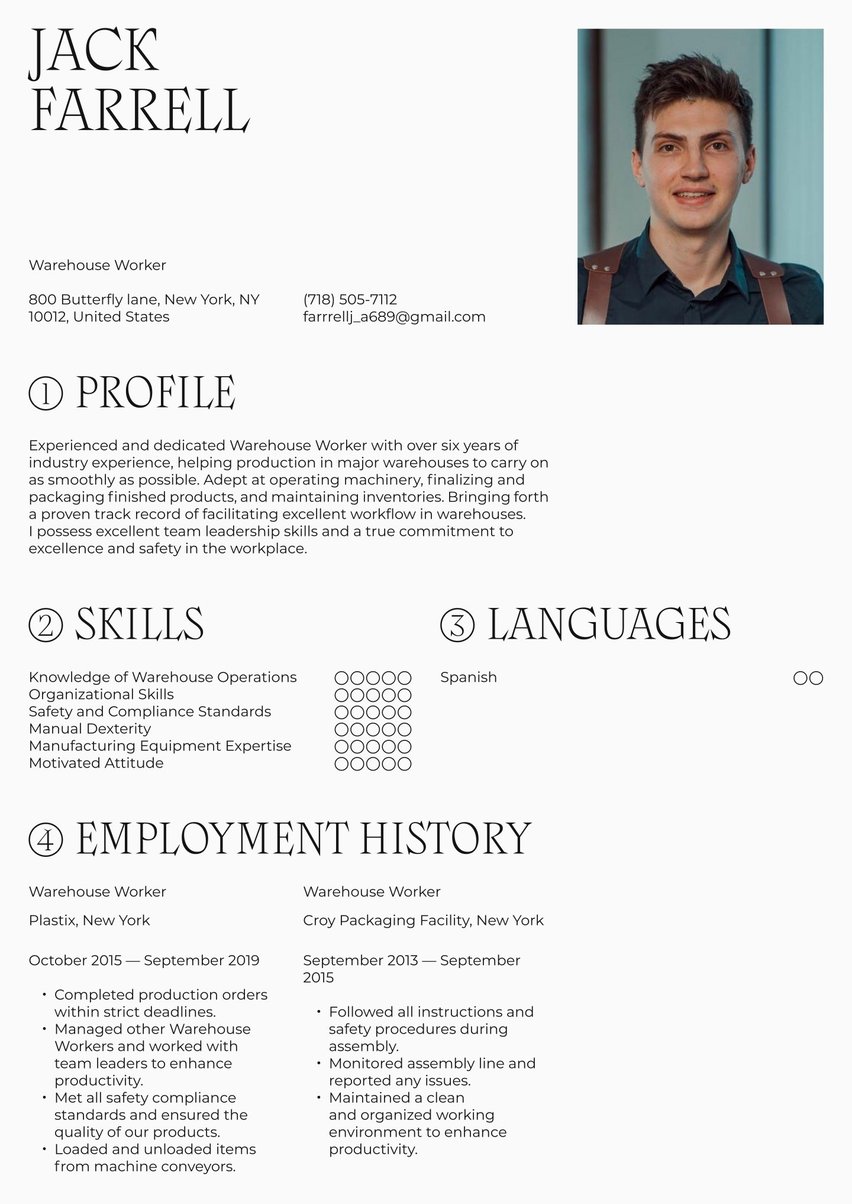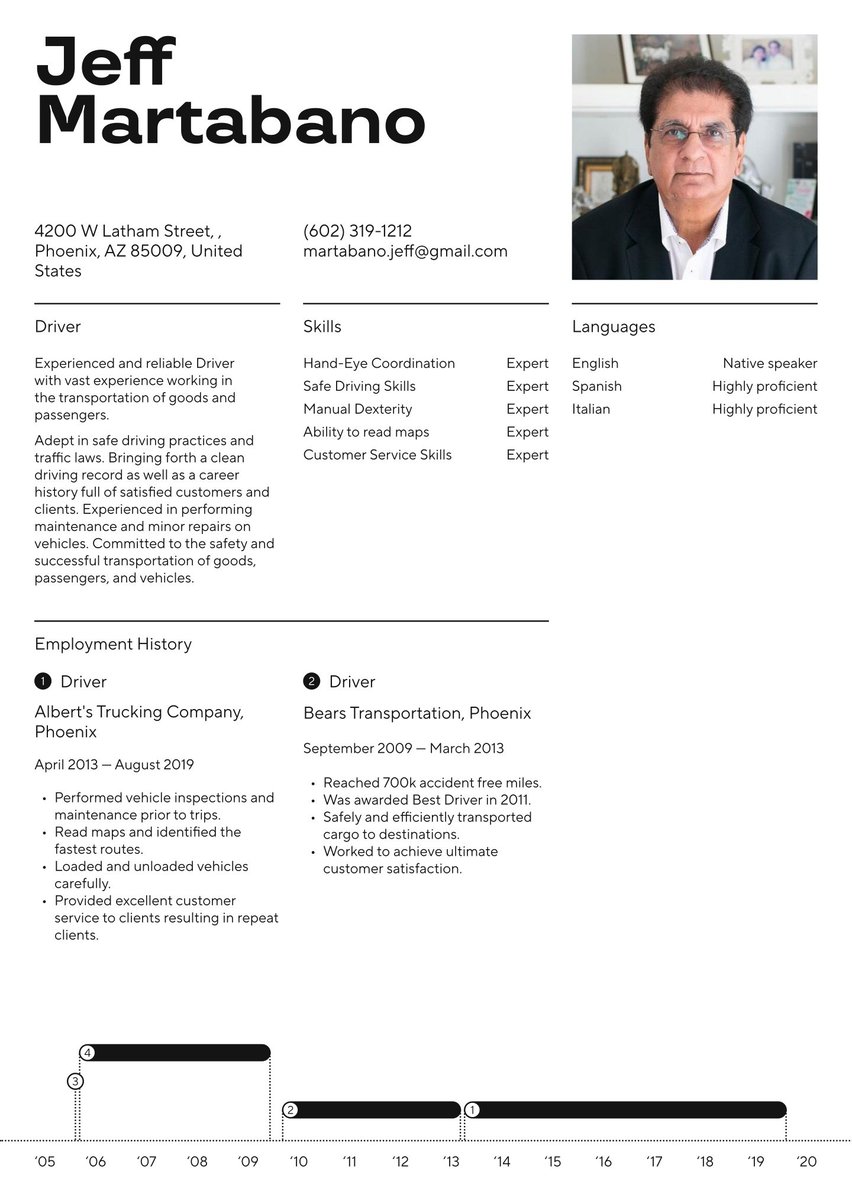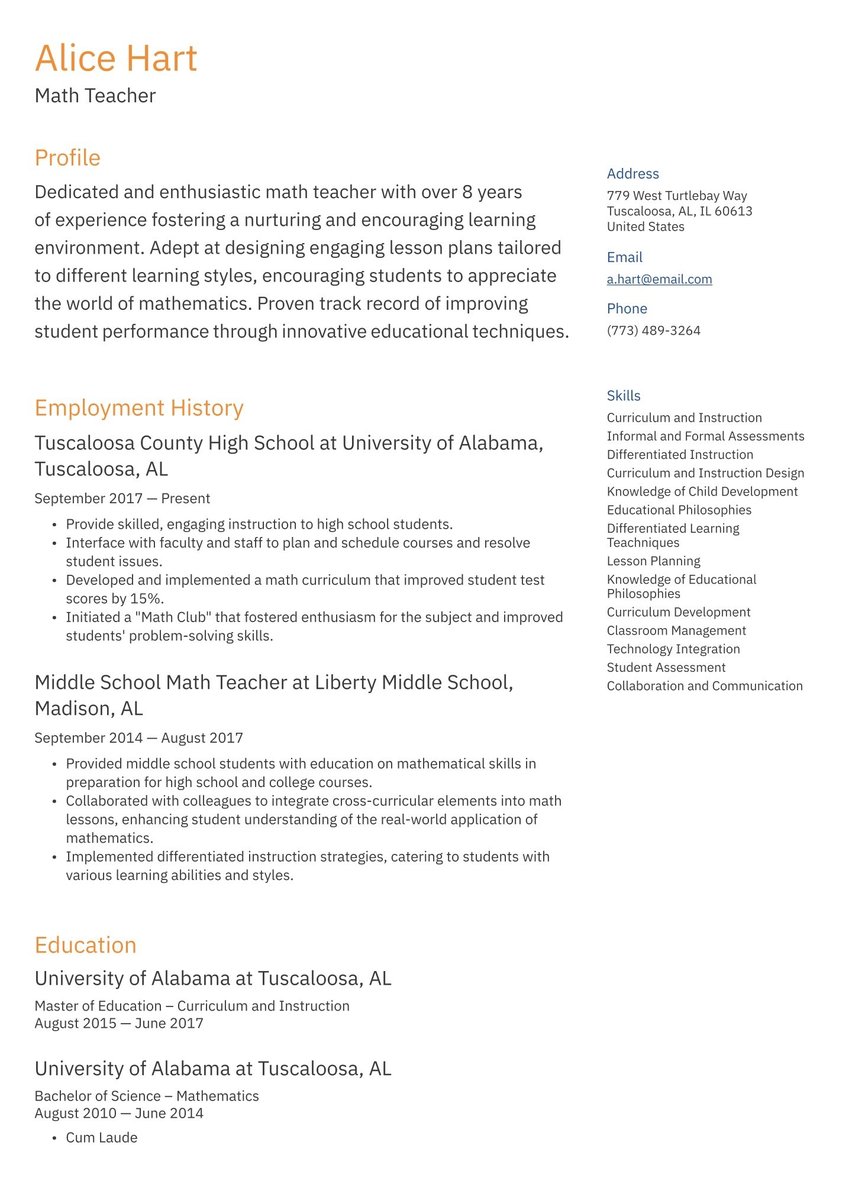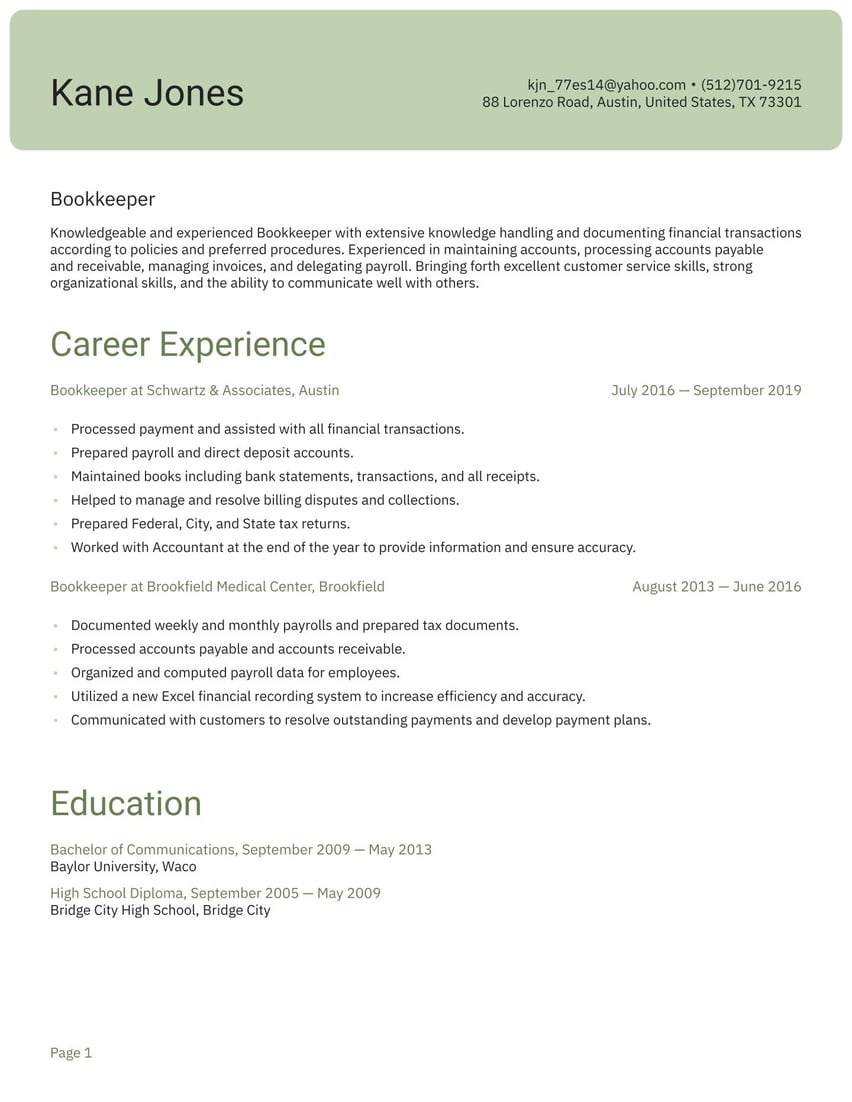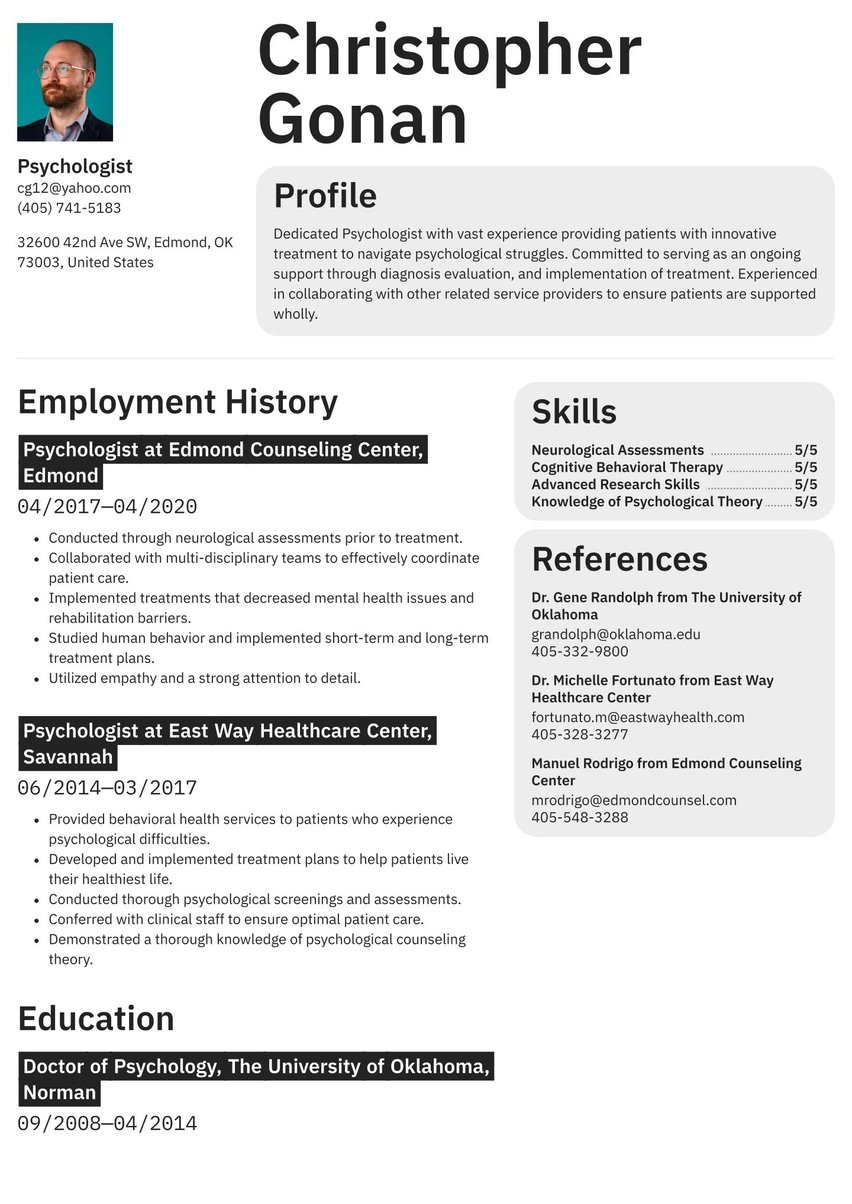A meticulous and dedicated individual with a strong background in healthcare documentation and administrative support. Leverage a deep knowledge of medical terminology acquired through education and hands-on experience to support healthcare professionals as a medical scribe. Known for excellent attention to detail and ability to accurately transcribe medical information and update electronic health records (EHR) in real-time, facilitating optimal patient care and streamlined workflows.
01/2022 - present, Medical Scribe Intern, DeepScribe, San Francisco, CA
- Collaborated with healthcare providers to document patient information accurately and efficiently in electronic health record (EHR) system.
- Accurately transcribed details from consultations, diagnostic test results, provider notes, and patient management plan/education.
- Assisted in compiling and organizing medical reports to facilitate improved healthcare delivery.
06/2019 - 12/2021, Administrative Assistant, Scribe Biosciences, San Francisco, CA
- Maintained patient records with the utmost confidentiality, ensuring compliance with HIPAA regulations.
- Assisted billing department by communicating with insurance companies to obtain prior authorization for procedures.
- Supported front desk operations, including scheduling appointments and coordinating patient flow.
08/2018 - 04/2022, Bachelor of Science in Health Sciences, University California San Francisco, San Francisco, CA
- Electronic Health Records (EHR)
- Electronic Charting
- Medical Terminology
- Medical Transcription
- HIPAA Compliance
- Type 60 WPM
- Communication
- Attention to Detail
It’s your job to transcribe the physician’s and patient’s words as accurately and completely as possible. When it comes time to convey your expertise and professionalism to a potential employer, you need a medical scribe resume that uses your own words to impress.
Medical Scribe resume examples by experience level
Advice from an expert is a great way to start. At Resume.io, we offer resume guides and resume examples for 350+ professions, plus an easy-to-use resume builder that will net you a medical scribe resume that catches the eye of healthcare recruiters.
This resume guide, along with the corresponding medical scribe resume example will cover the following topics:
- What does a medical scribe do?
- How to write a resume for a medical scribe (tips and tricks)
- The best format for a medical scribe resume
- Advice on each section of your resume (summary, work history, education, skills)
- Professional resume layout and design hints.
Before we dive in, one bit of advice. This guide offers advice for developing a stellar medical scribe resume. But remember, one resume cannot cover every job application. Resumes work best when they are adjusted for each application.
Make sure you personalize your applications to target exactly what the job listing specifies. This will help get you past the applicant tracking system (ATS), which scans and ranks your resume according to keywords and phrases, and show your prospective employer that you understand their needs.
What does a medical scribe do?
Medical scribes are the recorders of the healthcare profession. They may act as a personal assistant to the physician, nurse practitioner, and other healthcare providers. They may shadow that provider throughout the day to document information such as a patient’s health history, a physician’s comments, recommendations, and diagnoses and input them into an electronic health record (EHR).
Medical scribes, sometimes called hospital scribes, also complete paperwork, and write summaries of patient-doctor interactions and any referrals to specialists or other medical professionals for patients. They may work in any facility where healthcare is provided. They may sometimes be confused with medical transcriptionists, however, the jobs are not the same. Transcriptionists merely type healthcare notes and records, while scribes are present with healthcare providers during patient visits.
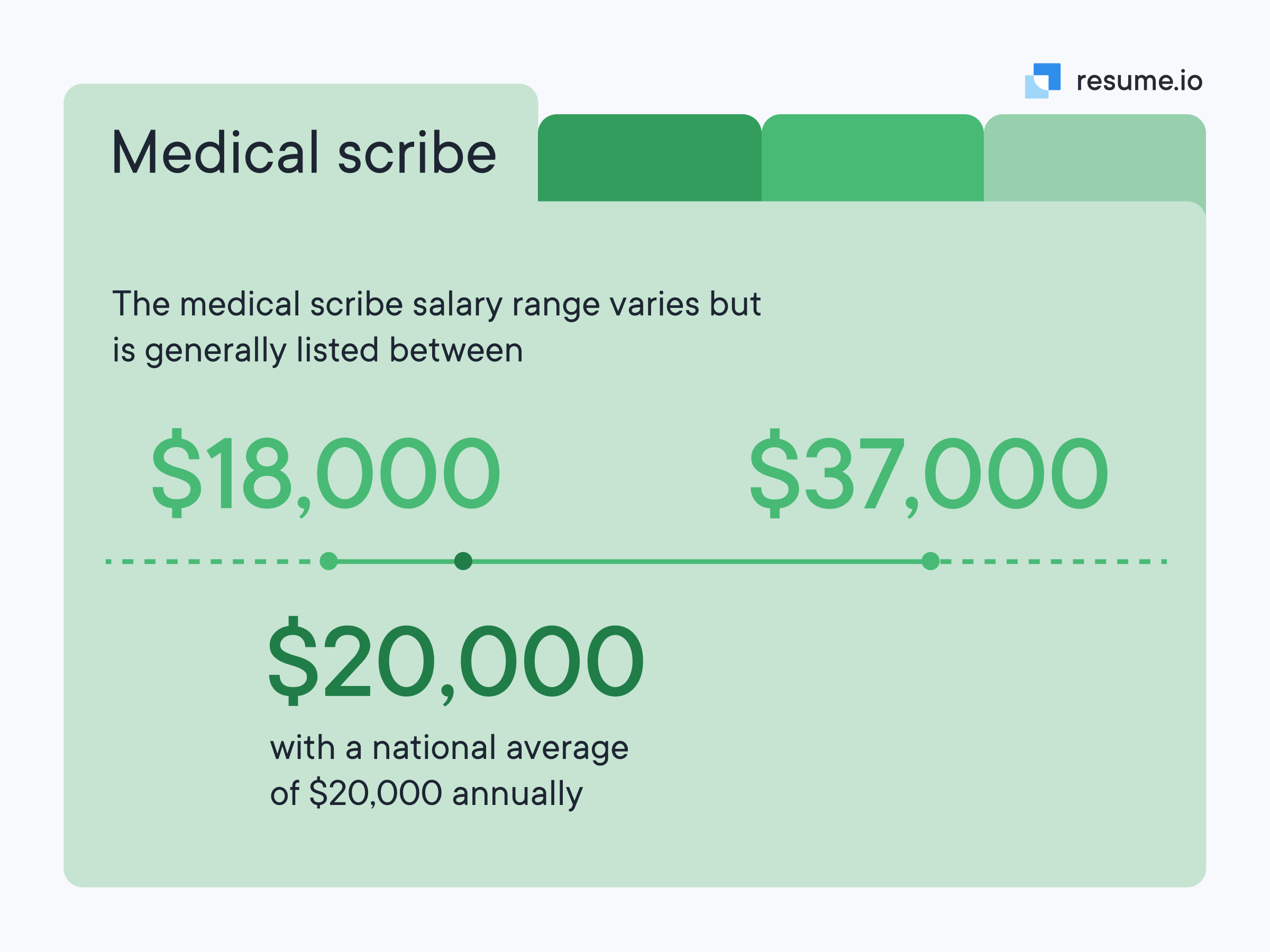
How to write a medical scribe resume
Before we get down to the content of your medical scribe resume, you need to know the framework for creating it. All resumes should contain the following elements:
- The resume header
- The resume summary (aka profile or personal statement)
- The employment history section
- The resume skills section
- The education section
Choosing the best resume format for a medical scribe
While several formats exist, most medical scribe resume examples use reverse chronological order. Although you want to distinguish yourself, your resume format is not the place to do so. We recommend you list your job history and education chronologically, beginning with your most recent placements.
Reverse chronological order is most common because it serves two key purposes:
- Makes scanning your resume into the ATS much easier, saving you the time of cutting and pasting different sections by hand
- Allows recruiters to easily find the information they seek – most likely your skills and most recent job.
Now, we’ll offer specific advice on each section of a resume for a medical scribe.
Resume header
The header of your medical scribe resume provides healthcare recruiters with all the information they need to contact you to schedule an interview. It typically sits at the top or runs along one side of your document. It also presents an opportunity to create a bit of visual interest.
Create a complementary package
Your resume and cover letter are part of your application package; therefore, they should have complementary, if not the same, color scheme, fonts, and design elements.
Include your name, title, or title of the job you aspire to (this is a great place to add the words medical scribe on your resume if you’re looking for your first job), your address, and the best phone number and email address with which to reach you. Add any professional social media URLs if they are up-to-date and relevant.
Resume summary example
The summary of a medical scribe resume may be the most difficult section to compile because it is written in complete sentences and has no real structure. Its purpose is to introduce yourself to recruiters and explain why you would be a great addition to the team.
Since you will be standing alongside the healthcare provider during patient interactions, make sure you adopt the professional yet friendly tone you will use on the job. Mention your greatest career achievement and follow it with a sentence that tells why you want this job.
A meticulous and dedicated individual with a strong background in healthcare documentation and administrative support. Leverage a deep knowledge of medical terminology acquired through education and hands-on experience to support healthcare professionals as a medical scribe. Known for excellent attention to detail and ability to accurately transcribe medical information and update electronic health records (EHR) in real-time, facilitating optimal patient care and streamlined workflows.
If you seek more guidance than the medical scribe resume example summary below, click over to these related resume samples:
- Psychologist resume example
- Audiologist resume example
- Respiratory therapist resume example
- Child psychologist resume sample
- Medical support assistant resume example
- Medical social worker resume sample
- Physician assistant resume sample
- Clinic coordinator resume example
- Optometrist resume sample
- Physical therapist resume example
- Pharmacist resume example
- Dentist resume sample
- Sonographer resume sample
- Nurse resume example
- Psychotherapist resume example
- Medical science liaison resume sample
- Paramedic resume sample
Employment history sample
The best medical scribe resume examples do more than list the responsibilities of the job. Employers know what the job entails. What they want to see in your employment history is how you use your knowledge and skills to excel at your job.
That means that each item in your bulleted list should start with a strong action word. Consider using the STAR method in which you state the situation you faced, describe your task, tell the action you took, and the results you achieved. This satisfies a recruiter’s desire to understand how you solve problems and what you can accomplish.
Medical Scribe Intern at DeepScribe, San Francisco, CA
January 2022 - Present
- Collaborated with healthcare providers to document patient information accurately and efficiently in electronic health record (EHR) system.
- Accurately transcribed details from consultations, diagnostic test results, provider notes, and patient management plan/education.
- Assisted in compiling and organizing medical reports to facilitate improved healthcare delivery.
Administrative Assistant at Scribe Biosciences, San Francisco, CA
June 2019 - December 2021
- Maintained patient records with the utmost confidentiality, ensuring compliance with HIPAA regulations.
- Assisted billing department by communicating with insurance companies to obtain prior authorization for procedures.
- Supported front desk operations, including scheduling appointments and coordinating patient flow.
CV skills example
The skills section of your medical scribe resume may seem like an easy one to compile, but it requires thought about what exactly each potential employer is looking for. Your medical scribe resume skills will differ a bit depending on the facility and job description.
The top skills required of medical scribes, according to the Emergency Physicians Professional Association, are:
- Typing proficiency
- Organization
- Knowledge of medical terminology
- Multitasking
- Reliability
Because you will be in exam rooms and dealing directly with patients to gather medical histories and ask about any health problems they are experiencing, you should also consider empathy, excellent listening skills, and the ability to follow the directions of the medical staff. You also must be attentive to detail at all times since you are dealing with people’s health.
- Electronic Health Records (EHR)
- Electronic Charting
- Medical Terminology
- Medical Transcription
- HIPAA Compliance
- Type 60 WPM
- Communication
- Attention to Detail
Resume layout and design
All your carefully crafted words deserve a layout that enhances them. The design of your medical scribe resume should highlight your organizational skills as well as your professionalism. This is especially important since you will be in direct contact with patients.
Here are three guidelines to help you choose from among our customizable, expertly-designed resume templates.
- Choose a legible font and use ragged right text, which means the lines will not align on the right side of the page. This is easier to read and creates more white space.
- Keep any color subtle and make sure it doesn’t interfere with your content.
- If you use two fonts, try one serif and one sans serif.
Key takeaways for a medical scribe resume
- In your job, it’s important to maintain a professional yet friendly demeanor at all times so make sure the tone of your resume illustrates that.
- Attention to detail is another key factor in your career, so proofread to ensure your medical scribe resume doesn’t give recruiters the impression that you make careless errors.
- Use your employment history section to show how you use your skills during your workday.
- Take the ATS into account and customize your resume with the appropriate keywords from the job listing.


.jpg)

.jpg)
